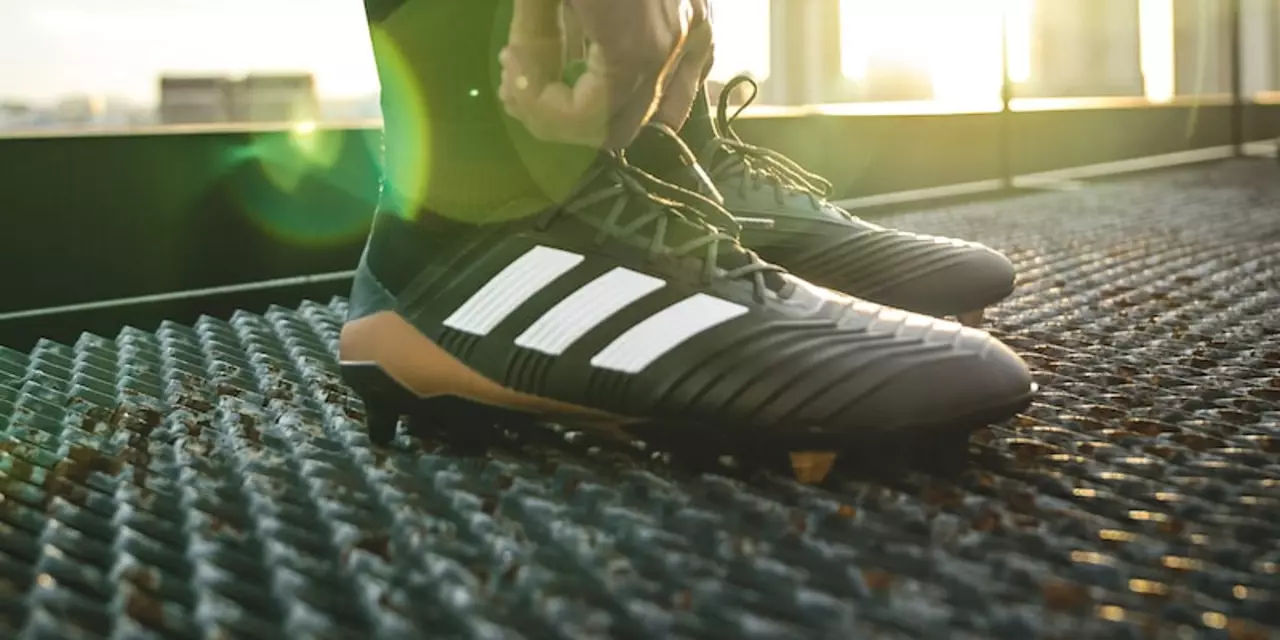Difference in Soccer: What Sets the Game Apart
When you hear the word “difference” in soccer, it can mean anything from a player’s role to how a league runs. Knowing these gaps helps you talk the talk, understand the game better, and pick the right gear. Below we break down the most common contrasts you’ll bump into on the field or online.
Player positions: From full‑back to wing‑back
Most people still call the side defender a “full‑back,” but the term is outdated. Modern full‑backs push forward, join attacks, and often act like extra wingers. That’s why many coaches now prefer “wing‑back.” The shift isn’t just semantics – it changes training, tactics, and even the type of boots you wear. If you’re learning the game, think of a wing‑back as a defender with a forward’s mindset.
Numbered roles: What does a 10, 9 or 8 do?
Numbers in soccer aren’t random. A “10” is the creative midfielder who threads passes, a “9” is the main striker who finishes chances, and an “8” balances attack and defense as a central midfielder. These labels help fans and commentators instantly spot a player’s job. When you hear a pundit say, “the 10 is missing the ball,” you know they’re talking about the playmaker’s vision, not just any midfielder.
Beyond positions, differences pop up in leagues. Major League Soccer (MLS) in the United States still tweaks its rules – salary caps, Designated Player spots, and a shorter season all set it apart from Europe’s open‑market model. Those quirks affect player movement, team budgets, and the overall style of play. If you follow both continents, you’ll notice MLS games feel more physically aggressive, while European matches tend to be tactically layered.
Even something as simple as a replica jersey shows clear differences. A high‑quality replica, like the Adidas Argentina Messi jersey, mirrors the original’s stitching, material, and fit. Cheaper copies may save a few bucks but often swell after a wash or feel thin on the field. For fans who want authenticity without the price tag of a genuine kit, look for official licensing and read reviews about durability.
Equipment choices also vary. Every soccer player needs three essentials: proper cleats, shin guards, and a reliable ball. But the type of cleat matters – kangaroo leather offers great touch, yet it gets heavy in rain. A waterproof spray or a switch to synthetic shoes can keep performance steady when the weather turns nasty.
Finally, cultural differences shape how soccer is enjoyed. In South Africa, the sport competes with rugby and cricket for attention, yet the national passion shows through grassroots clubs and community tournaments. In the US, soccer fights for spotlight against baseball and American football, prompting MLS to invest heavily in youth academies to grow local talent.
Understanding these differences doesn’t just make you sound smarter – it helps you decide what gear to buy, which league to follow, and how to interpret a coach’s instructions. Keep these contrasts in mind next time you chat with a teammate or read a match report, and you’ll always be a step ahead.
